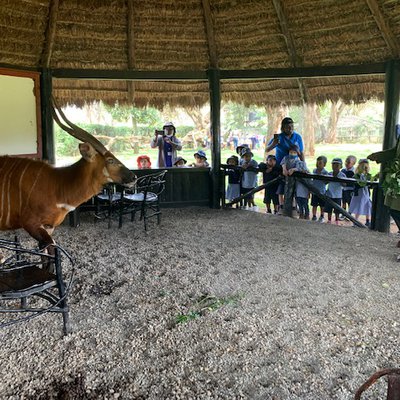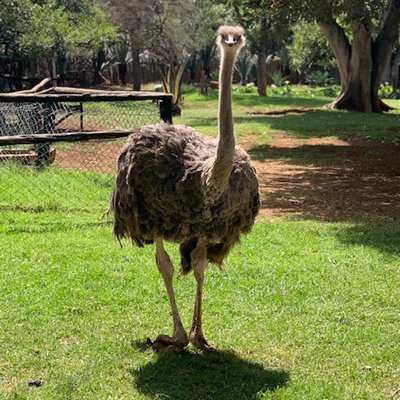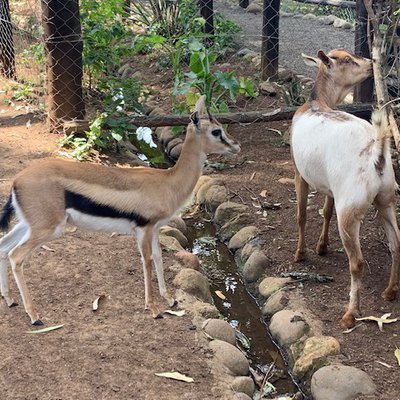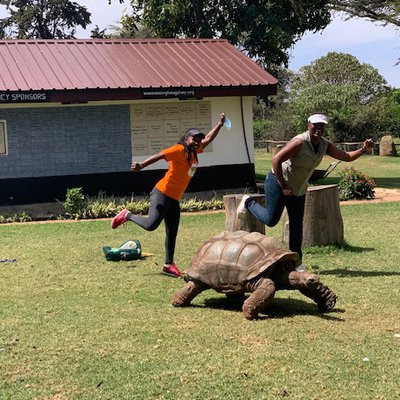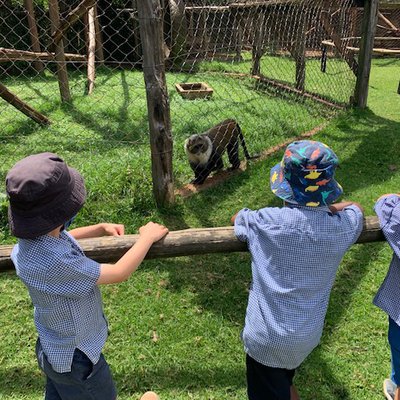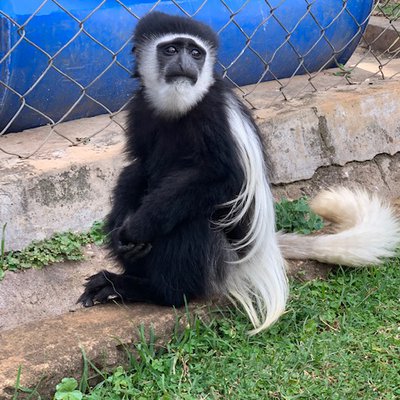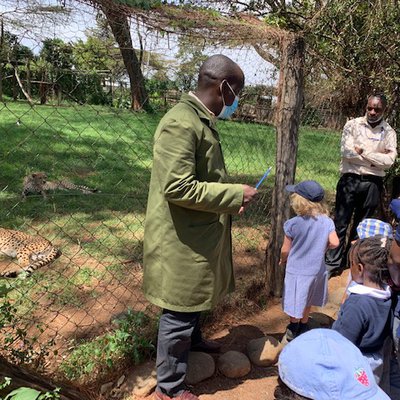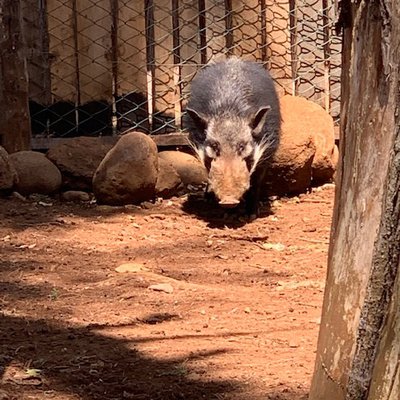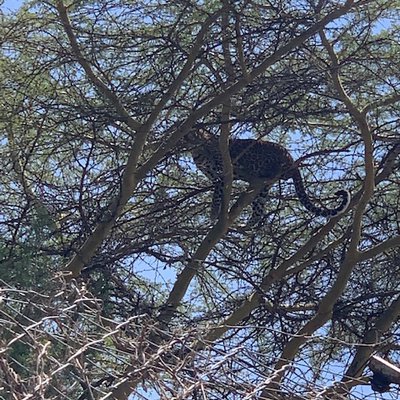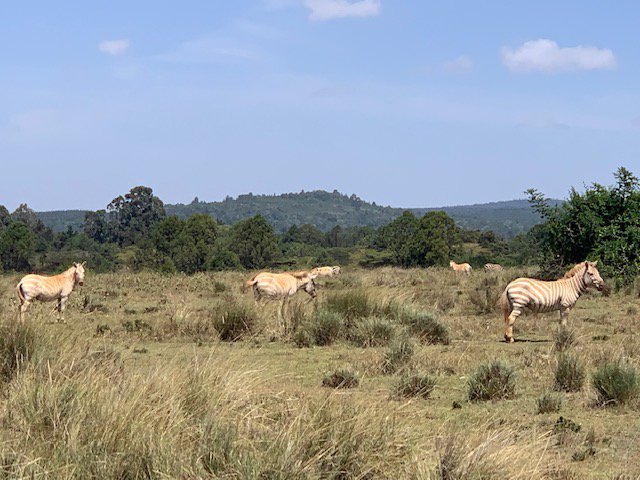Mount Kenya Animal Orphanage
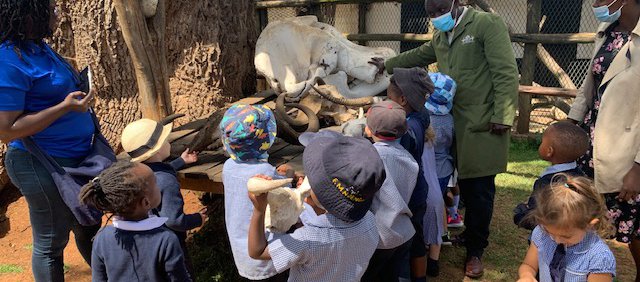
28th January 2022
Children in Early Years have had a great start to week 4. On Monday, FS1 and FS2 loaded onto buses and drove up to the Mount Kenya Animal Orphanage and on Tuesday Creche followed suit - what an incredible chance for our children to get up close to some of Kenya’s wildest animals. We had a wonderful guide called Samuel (Or Mr. B) who answered everyone’s questions and provided us with some interesting stories about the inhabitants like Elizabeth the 24-year-old bongo, the oldest ever recorded of her species! Their usual lifespan is normally around 16 years! Did you know they have between 9 and 14 stripes? And that there are less than 100 left on the whole planet?
In numeracy we have been learning about weight, experimenting with ‘light’ and ‘heavy’. So, after we left the bongos we came to the bushbucks, which we thought would be lighter than a bongo. Patricia the ostrich can lay the largest and heaviest eggs of all birds, but she can’t fly because she’s too heavy. An elephant skull is definitely heavier than a monkey skull.
Have you ever heard of a monkaboon? As far as they know the animal orphanage has the only one! Her name is Safari and her mum was a monkey and her dad was a baboon.
There is a sweet baby Thomson’s gazelle which was found abandoned by a Maasai boy, he took her home and put her in his goat shed. Shortly afterwards a goat lost it’s baby kid, so the goat took the gazelle as her baby and continued to feed her. Now they live here together!
Speedy the giant Galapagos tortoise was rescued from the illegal trade at the airport. We think he is over 100 years old! Which as a student cleverly pointed out is even older than Mrs. Armbrust, pretty unbelievable! Miss Anne and Miss Charity decided to race him and see who was faster. Who do you think won?
We learned about nocturnal animals like the porcupines, leopards and eagle owls. That monkeys are omnivores and in Kiswahili a Sykes monkey is a Kima.
We saw a male and a female cheetah, and learnt that they are quite friendly and that can be their downfall as they are being heavily trafficked as domestic pets.
We saw the only herd of golden zebras in the world! In the early 1900s, the owners of the farm were called to come and collect two mated pairs of golden zebras from Northern Kenya, and their offspring still graze these lush forested slopes.
So if you haven’t already been, you absolutely must make a trip to this wonderful place full of animals and their stories.
